My apologies for any inconvenience: I am aware that some pages on ChronicallyHopeful.com have missing images, broken links or visible code since I recently installed a new theme. Thankfully, apart from lists, no blocks of text seem to be affected. I am doing my best to fix everything that got broken in the process. Thank you for your patience.
International Day of People with Disabilities: Not All Disabilities Are Visible
December 3 is International Day of People with Disabilities. It’s a great opportunity to raise awareness and make some noise all over the internet (and in real life) if you can manage it. The message I want to get across this year, is that not every disability is visible.
There are many conditions that do not display any outward signs of illness or disability, but they are just as debiitating as any condition you can clearly identify.
Leading A Double Life
Since joining the world of the chronically ill, I have found that many spoonies (people with chronic illness) prefer to not share their condition with friends and family. They live a kind of double life. Putting on a show of normality, working hard to hide their disability or illness. Often becoming lonely, isolated and resentful toward those who have forced them to live that way.
Don’t you think it would be exhausting and hurtful to have to pretend all the time and then have to suffer the consequences in silence?
Why People Hide Their Illness Or Disabiity
Their reasons are varied, but the most common and most upsetting reason is that they feel misunderstood or not believed at all. They have tried talking about how they feel and how their condition affects them, but even those closest to them have turned a cold shoulder or just don’t make an effort to educate themselves about the illness.
Some don’t even believe the patient to be ill, despite diagnosis or constant symptoms. This is so sad and leaves the person to suffer through their new life in isolation and loneliness. So the message I want to get accross is this:
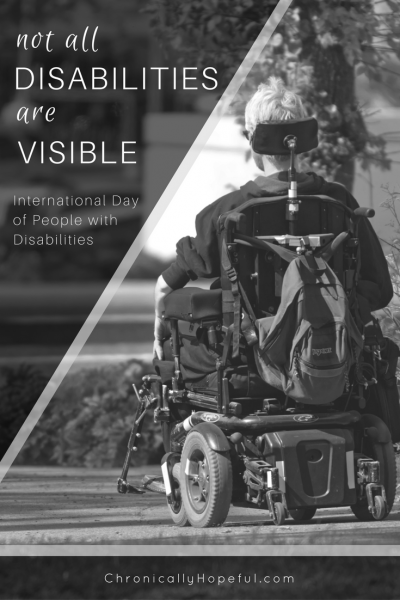
Pin “Not all disabilities are visible”
Not All Disabilities Are Visible!
There are loads of conditions that don’t display any consistent physical signs, but completely disable the person due to pain, weakness, dizziness, tremors, exhaustion and cognitive dysfunction. Or maybe it could be heart trouble, impaired vision, orthostatic intolerance, severe pain or a whole host of other things that you cannot see.
People with chronic disabilities might be able to occasionally act normally, go out for a couple of hours or walk a few meters or spend a few hours shopping, but it’s usually at a cost.
If you saw me out, it would probably be my first and only outing for months as I’d pay for it with a flare of symptoms for days, weeks or even months to come!
My Experience With Invisible Disability
I have been blessed with an incredibly supportive family. I have lost many friends along the way, but that is natural when you no longer are able to hang around in the same circles you once did. Out of sight, out of mind. I cannot imagine how hard it must be for somebody to live in the same house, with people you love, knowing that they don’t believe you’re really ill.
Before I became ill, I was judgemental and ignorant of this world I now live in. I didn’t even know such illnesses existed. I’d have never known if nobody had told me specifically or if I hadn’t experienced this myself. Many of us have an utter inability to control or predict our symptoms, which fluctuate daily.
You cannot know how much effort it takes for a chronically ill person to get through a day. To get dressed, brush hair and teeth, travel in a loud, vibrating vehicle, walk around and interact with the world outside.
It is physically painful and exhausting, mentally draining and disorienting, and emotionally it can be the equivalent of a roller-coaster ride, both exciting and terrifying!
My wish is that more people would realise the difficulties spoonies face – be kind and considerate towards people they see out in the world.
We live in a fast paced society where those who walk slowly or don’t think or speak quickly and clearly enough are ignored and pushed aside.
We need more kindness, understanding, more patience and compassion.
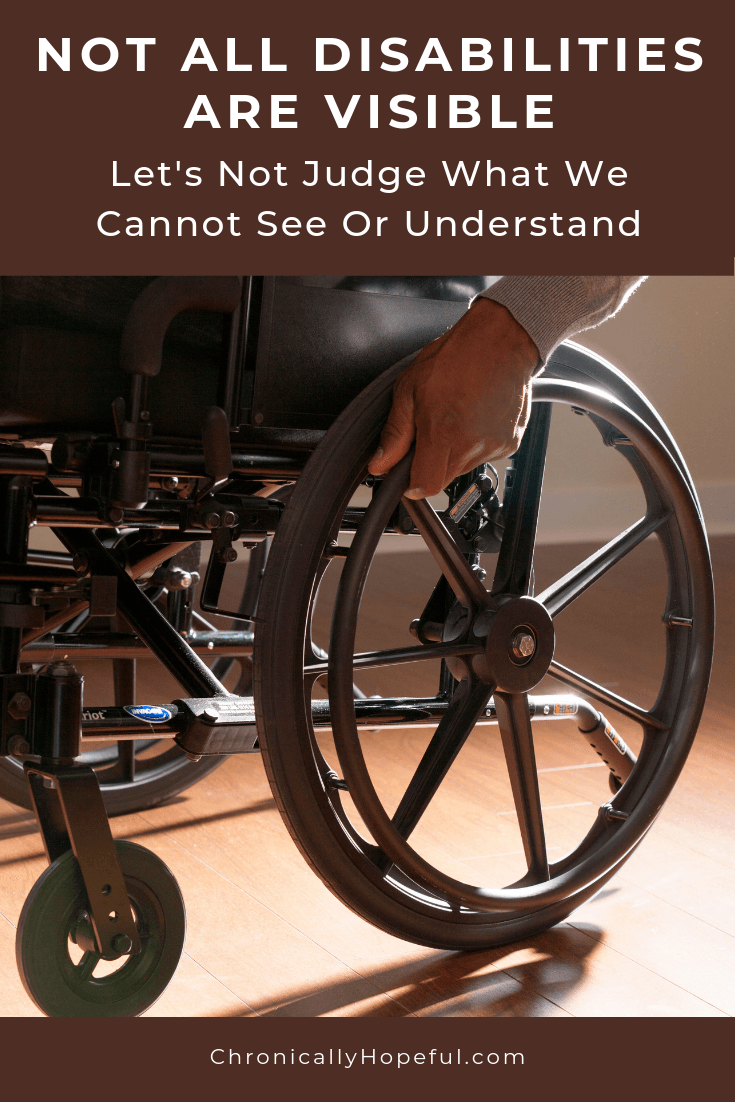
Pin This Post!
Click to read my most popular article on Invisible Disabilities next!
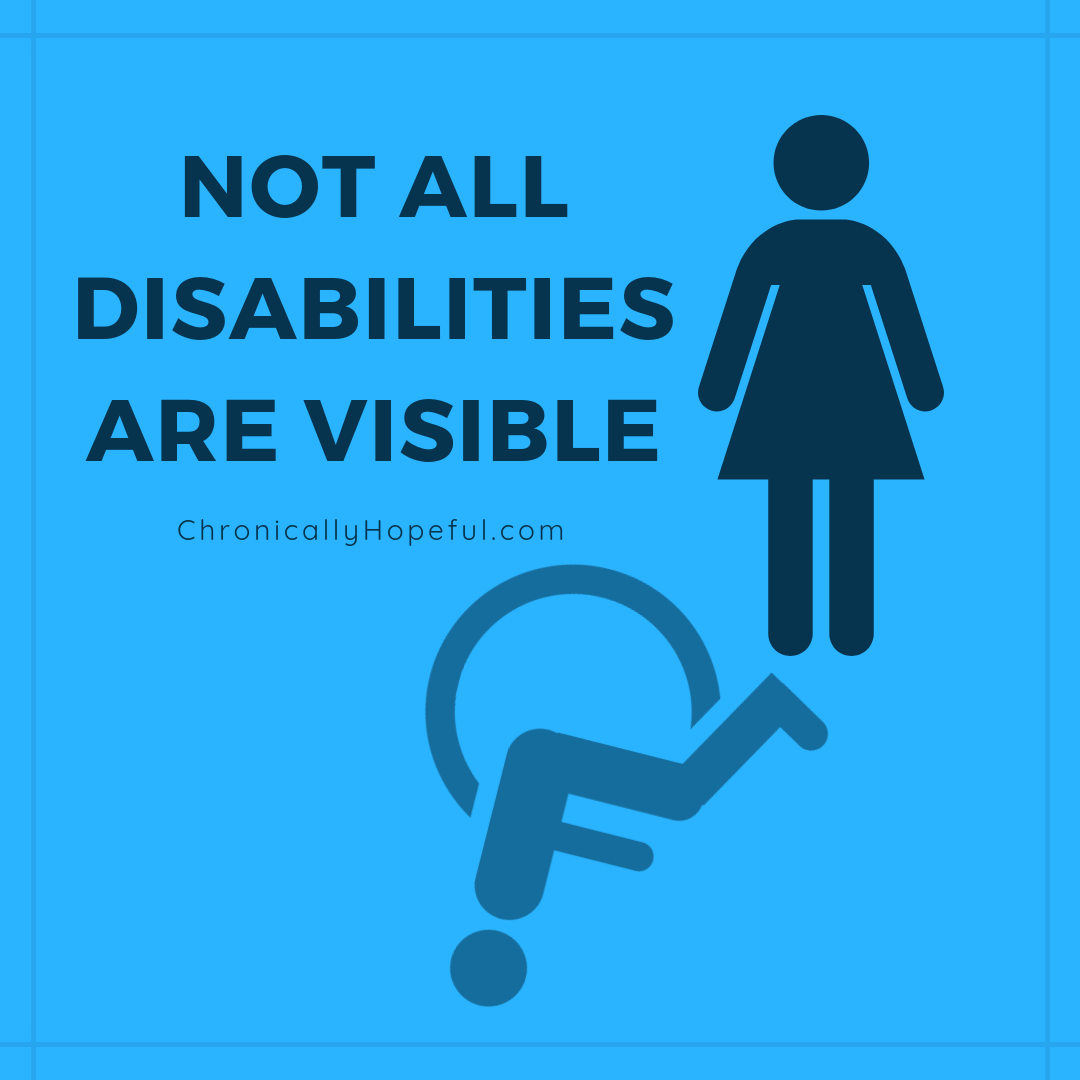
Share This Image To Help Raise Awareness

Share This Image To Help Raise Awareness

Let’s Stay In Touch
Housebound Lifestyle: Facebook | Instagram | Twitter M.E. Awareness: Facebook | Instagram | Twitter | The ME/CFS Community Vibrant Hope Art: Facebook | Instagram | Twitter Support My Work: Buy My Art | Shop My Favourite ThingsOr if you’d like to send me something, here’s my Amazon Wishlist – Thank you!
![]()
This blog was designed using Thrive Themes.

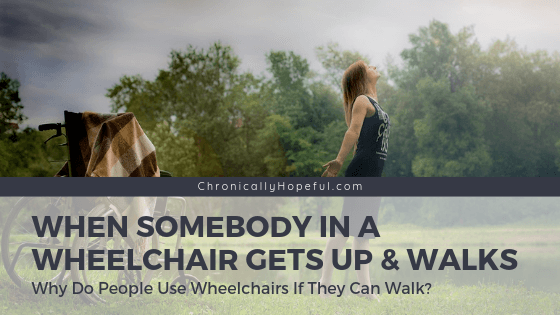





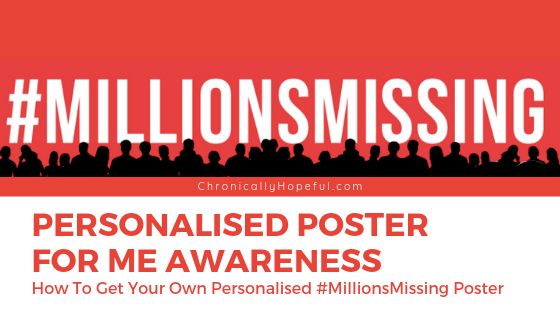

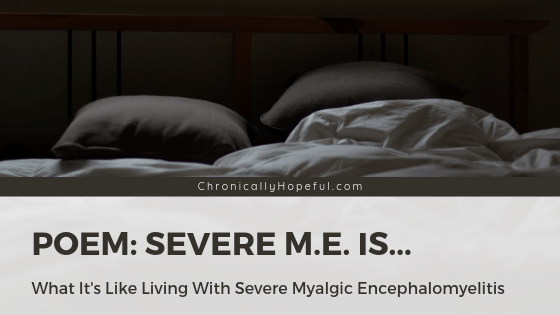
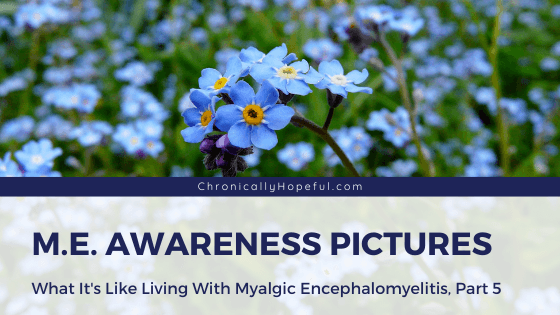
This is brilliant, you are so right! With such awareness-raising, we can bring this closer to a reality where more people make more effort to be less closed-minded.
PS. Love your general positive vibe too 🙂
Thank you for stopping by, Jonathan! I’m glad I found your blog. I feel it is our duty and responsibility to raise awareness if we are able to and hopefully ensure that future patients won’t have to struggle as much to be heard and helped. I am ashamed of how ignorant I was before. If only somebody had brought my attention to invisible disabilities – it certainly never crossed my mind!